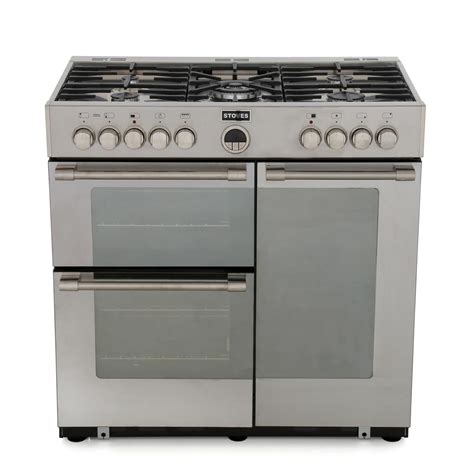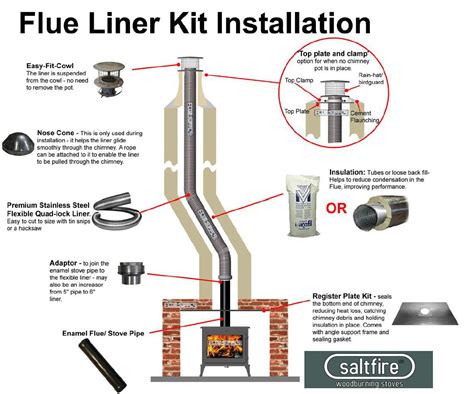28-gauge sheet metal for wood stove To reduce the standard clearance to 12 inches, the heat shield should be of 28-gauge sheet metal, mounted off the floor to provide unrestricted circulation of air between shield and wall (see Figure 1). WHAT SIZE HEAT SHIELD DO I . The overall design is limited in maximum flange depth by the backgauge’s reach—29 in., for example—and is limited in flange length by the tooling bed and frame of the brake—72 in., for example.
0 · thickness of wood stoves
1 · stainless steel stove thickness
2 · sheet metal stove installation
3 · metal thickness for wood stoves
4 · cutting sheet metal behind stove
5 · 16 gauge stove thickness
In this article, we will explore NEMA 4X enclosures, explaining why they are good at resisting corrosion. We will also examine the materials used and their applications. By the end, you will understand why NEMA 4X enclosures are a smart choice for .
By far the most effective heat shields are the air-cooled type. These shields are constructed with a sheet of 24 gauge or thicker sheet metal, or 1/2" . Here are my general recommendations for sheet metal thickness based on stove size: Small stoves: 22 gauge stainless or 0.25 inch mild steel. Medium stoves: 20 gauge .
Cut a 28-gauge piece of sheet metal to a minimum of 36-by-48 inches using shears; these measurements may vary with the building code enforcement . Perhaps the simplest heat shield is made of 28-gauge sheet metal that covers all parts of the wall that are less than 36 inches from the wood stove. This sheet metal must be separated from the wall by at least one inch of air .
To reduce the standard clearance to 12 inches, the heat shield should be of 28-gauge sheet metal, mounted off the floor to provide unrestricted circulation of air between shield and wall (see Figure 1). WHAT SIZE HEAT SHIELD DO I . According to CBMQ.com, it should be at least 24-gauge sheet metal or thicker -- the lower the gauge, the thicker the metal. Typical code requires that single-wall stove pipe .
Sheet metal is possibly the easiest heat shield material since metal is a cheap and effective conductor of heat and there are many prefab metal heat shields that can be bought . Here is a very good page giving you the basics of clearance reduction. Notice it gives details of heat shield construction such as where wall supports can go (none 8 inches .
One of the most efficient ways to allow installation closer than 36 inches is to use a 28-gauge sheet metal with free-flowing air between the sheet metal, floor and ceiling. Metal is .
When choosing the type of steel for a wood stove, consider factors like the heat and strength requirements for the application, as well as the potential for corrosion and other damage – . By far the most effective heat shields are the air-cooled type. These shields are constructed with a sheet of 24 gauge or thicker sheet metal, or 1/2" or thicker cement board, with 1" of air space behind the shield and around the perimeter to allow free airflow. 1" heat shield spacers are available for this purpose. Here are my general recommendations for sheet metal thickness based on stove size: Small stoves: 22 gauge stainless or 0.25 inch mild steel. Medium stoves: 20 gauge stainless or 0.25-0.375 inch mild steel. Large stoves: 18 gauge stainless or 0.5+ inch mild steel. XL stoves: 16 gauge stainless or 0.75+ inch cast iron.Cut a 28-gauge piece of sheet metal to a minimum of 36-by-48 inches using shears; these measurements may vary with the building code enforcement agency in different areas. Cutting sheet metal may be a job best suited to a professional sheet metal shop because cut sheet metal has rough, sharp edges.
Perhaps the simplest heat shield is made of 28-gauge sheet metal that covers all parts of the wall that are less than 36 inches from the wood stove. This sheet metal must be separated from the wall by at least one inch of air space and the material used as a spacer between the metal and the wall must be non-combustible.

proper junction box installation
thickness of wood stoves

To reduce the standard clearance to 12 inches, the heat shield should be of 28-gauge sheet metal, mounted off the floor to provide unrestricted circulation of air between shield and wall (see Figure 1). WHAT SIZE HEAT SHIELD DO I NEED? Any area within 36 inches of the wood stove should be covered as shown in Figure 2. According to CBMQ.com, it should be at least 24-gauge sheet metal or thicker -- the lower the gauge, the thicker the metal. Typical code requires that single-wall stove pipe maintain at least an 18-inch clearance from any combustible material.
Sheet metal is possibly the easiest heat shield material since metal is a cheap and effective conductor of heat and there are many prefab metal heat shields that can be bought and assembled with minimal construction. You can also buy 28 . Here is a very good page giving you the basics of clearance reduction. Notice it gives details of heat shield construction such as where wall supports can go (none 8 inches from center line of stove) and how much vent space is required under and over it. One of the most efficient ways to allow installation closer than 36 inches is to use a 28-gauge sheet metal with free-flowing air between the sheet metal, floor and ceiling. Metal is an excellent heat conductor.
When choosing the type of steel for a wood stove, consider factors like the heat and strength requirements for the application, as well as the potential for corrosion and other damage – stainless steel typically has the highest safety margins in these areas.
By far the most effective heat shields are the air-cooled type. These shields are constructed with a sheet of 24 gauge or thicker sheet metal, or 1/2" or thicker cement board, with 1" of air space behind the shield and around the perimeter to allow free airflow. 1" heat shield spacers are available for this purpose. Here are my general recommendations for sheet metal thickness based on stove size: Small stoves: 22 gauge stainless or 0.25 inch mild steel. Medium stoves: 20 gauge stainless or 0.25-0.375 inch mild steel. Large stoves: 18 gauge stainless or 0.5+ inch mild steel. XL stoves: 16 gauge stainless or 0.75+ inch cast iron.Cut a 28-gauge piece of sheet metal to a minimum of 36-by-48 inches using shears; these measurements may vary with the building code enforcement agency in different areas. Cutting sheet metal may be a job best suited to a professional sheet metal shop because cut sheet metal has rough, sharp edges.
Perhaps the simplest heat shield is made of 28-gauge sheet metal that covers all parts of the wall that are less than 36 inches from the wood stove. This sheet metal must be separated from the wall by at least one inch of air space and the material used as a spacer between the metal and the wall must be non-combustible.To reduce the standard clearance to 12 inches, the heat shield should be of 28-gauge sheet metal, mounted off the floor to provide unrestricted circulation of air between shield and wall (see Figure 1). WHAT SIZE HEAT SHIELD DO I NEED? Any area within 36 inches of the wood stove should be covered as shown in Figure 2.
According to CBMQ.com, it should be at least 24-gauge sheet metal or thicker -- the lower the gauge, the thicker the metal. Typical code requires that single-wall stove pipe maintain at least an 18-inch clearance from any combustible material.
Sheet metal is possibly the easiest heat shield material since metal is a cheap and effective conductor of heat and there are many prefab metal heat shields that can be bought and assembled with minimal construction. You can also buy 28 . Here is a very good page giving you the basics of clearance reduction. Notice it gives details of heat shield construction such as where wall supports can go (none 8 inches from center line of stove) and how much vent space is required under and over it.
stainless steel stove thickness
One of the most efficient ways to allow installation closer than 36 inches is to use a 28-gauge sheet metal with free-flowing air between the sheet metal, floor and ceiling. Metal is an excellent heat conductor.
proper box truck weight distribution

A junction box works by providing a safe and organized space for making electrical connections. It protects the connections from environmental hazards, ensures secure and stable wiring connections, facilitates grounding, and allows for easy access during maintenance and inspection.
28-gauge sheet metal for wood stove|16 gauge stove thickness